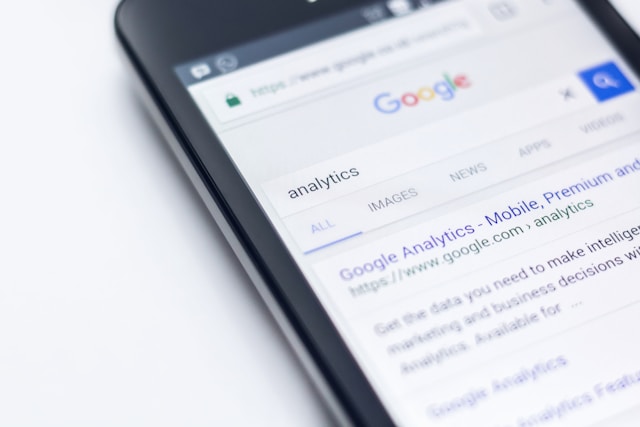We’ve learned over the years that Google is laser-focused on user experience. With every update, Google continues to focus on providing the very best user experience possible. This makes sense as they want people to continue coming back!
Google prioritizes simplicity and quick access to reliable information. All that to say that they understand how impatient we are.
The Succinct History of Search Intent
Keywords couldn’t hold any more weight in the SEO world. They are the cornerstone of every successful SEO strategy. Google has a deep understanding of the underlying message in every search query.
In the good old days, Google only considered the exact keywords in the search query. It is a key phrase that users input with a clear search intent ie “flower shop in toronto” or “mechanic near me.” This is also known as explicit intent. It’s a search query when the user knows exactly what they are searching for.
But Google wouldn’t be the top search engine in the world if they only leveraged this explicit intent when presenting results. The algorithm uses a variety of different markers to further refine the SERP. This personalization considers:
- Recent searches;
- Browsing history;
- Time of day;
- Your device;
- Your location;
- News and events;
- And much, much more
With the goal of providing the perfect search results, Google leverages the data from 2 trillion annual searches to better understand your search intent.
This is more formally known as implicit intent. Where the underlying context of the search term is the true intention of the query.
So what exactly is the difference between implicit and explicit intent? And how does Google use it to surface search results?
Explicit Search Intent
In the early days of the internet, people were very literal with their searches. If you were looking for a shop to get a dozen roses you would search “flower shops in Vancouver”.
This explicit query matching was also how Google would populate the search results. The website that had the most mentions of “flowers” and “Vancouver” would often rank the highest.
Today, users are still using explicit search queries to plan and book experiences. Whether it’s searching for nearby restaurants or to find information about a given topic, there are still countless ways we use explicit search intent. One limiting factor of targeting these keywords is that your content fails to include the subtext of the topic.
This is where Implicit Search comes into play.
Implicit Search Intent
Google’s algorithm understands the deeper meaning behind a given search query. It takes into account personalization identifiers to better understand what you’re really after.
But there’s more than only personalization that goes into the results. Google uses the click history of that search term and related terms to inform its results. Our search behavior follows a pattern and Google is fully tapped into it.
Examples of Implied Intent
Descriptive terms like ‘best’ or ‘top rated’ imply a research mindset and impartiality. So Google will show you reviews and top lists from 3rd-party websites.
Another example would be searching “coffee shop” from your smartphone. You don’t need an engineering degree to know that this searcher is very likely looking for somewhere nearby.
Implicit search intent leans into the context of the query to provide a better SERP experience.
What does this mean for business?
Gone are the days when we took keywords at face value. Today, there are billions of data points connected to each keyword. And we will continue to see this reflected in the search landscape.
This is why it is imperative that you understand the search intent of your target audience. What you want to understand is not only the what, but also the why behind a search query.
Does a given search mean they are researching a new product or service? Or comparing prices? Are they looking for a specific brand or model?
Being able to answer these questions will help you better align your content with what the user is hoping to find. Different intent means you need different keywords.
You will know when you’re using the right keywords when you see rankings, engagement, and conversions increase.
How can businesses use implicit search to get seen?
Understanding the deeper context of a search phrase is the first step. You can do this by visiting the SERP and taking a look at what Google is showing.
What you’re looking for here is ideas on how to structure your own content. Format your webpage similarly to the top-ranking pages if you want to have a chance at the top spot.
If you discover that a term has a lot of tutorials and guides, then don’t try to rank a sales page for that term. Meet these users where they are in the buyer’s journey and not where you want them to be.
Google has processed trillions of bits of data to get a better understanding of what people are likely looking for based on a few words. This processing is only going to improve and become more accurate over time. Meaning your content needs to match the searcher’s intent much more closely if you want to rank.
We can only expect a more seamless user experience moving forward.




